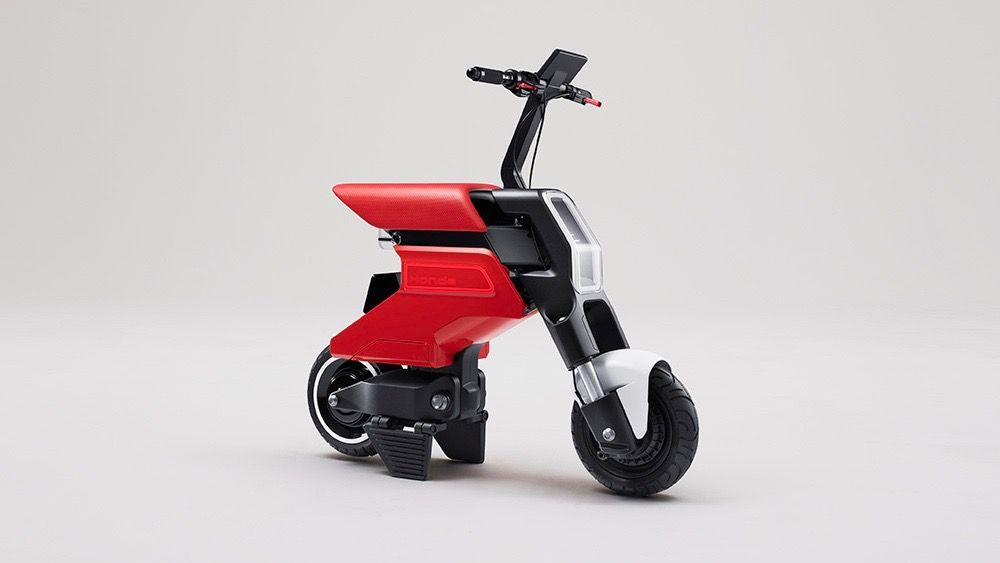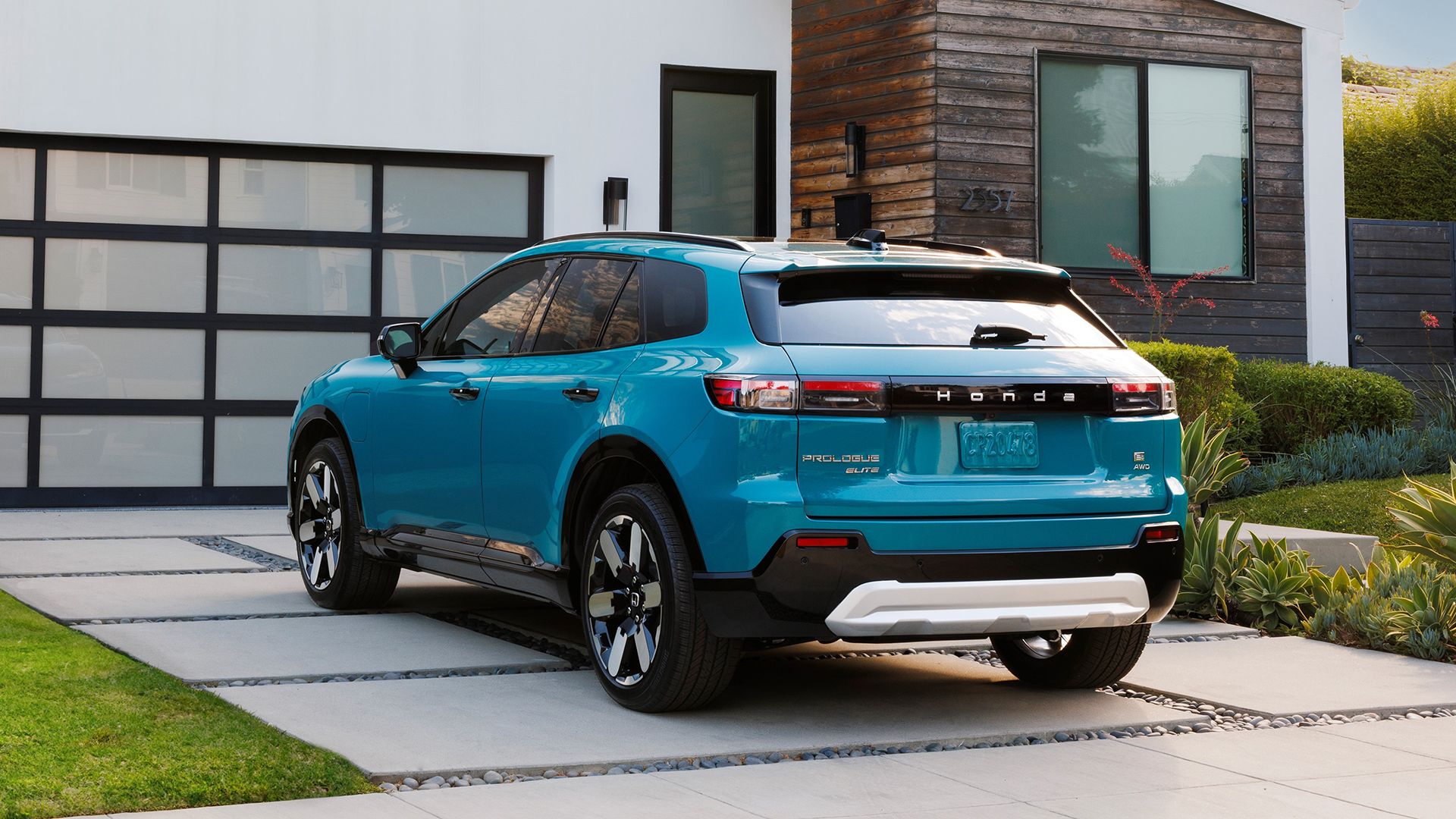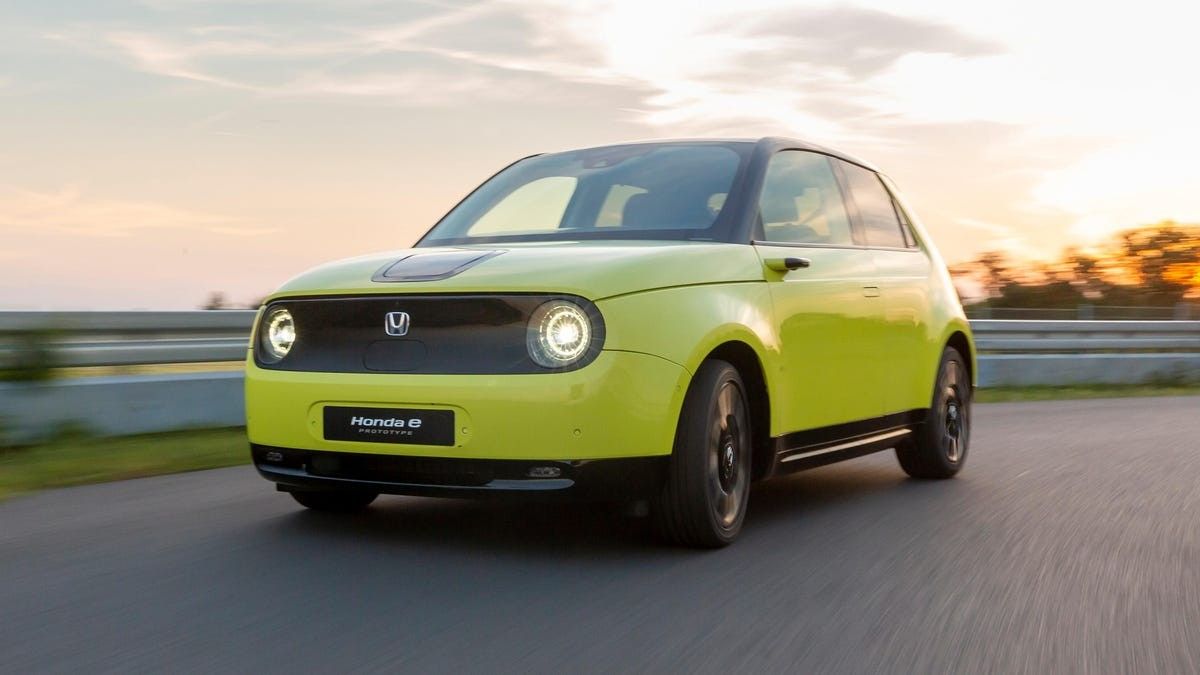
Summary
- The upcoming Tokyo Motor Show will showcase new EV sports cars and electric vehicle concepts by Honda, including the SUSTAINA-C compact hatchback and the Honda Pocket scooter that fits inside the car.
- The SUSTAINA-C and the Honda Pocket prioritize efficiency and practicality for urban commuting, offering a zippy and compact solution for crowded city streets.
- Honda’s eco-friendly approach to design includes using recycled and easily recyclable materials, as well as setting goals for carbon neutrality and sustainable sourcing of materials by 2050. The SUSTAINA-C concept aims to demonstrate the concept of resource circulation for environmental sustainability and future mobility.
The 2023 Japan Mobility Show, or more widely known as the Tokyo Motor Show set in the bustling Japanese city, will offer audience members a glimpse at the upcoming cars that are bound to disrupt the industry. On home soil, Honda is anticipated to pull the curtain off of a new EV sports car and two other, more familiar, electric vehicle concepts. The show, occurring at the end of October, will introduce the SUSTAINA-C, a two-door hatchback compact EV. Along with the 100% electric compact car comes its partner in crime, the Honda Pocket. The all-electric battery-powered scooter fits inside the tiny car and offers city-livers a seamless and speedy way to maneuver crowded streets. As a 21st-century revamp of the 1980s-era Honda City Turbo and Motocompo duo, the addition of the two to Honda’s lineup will appeal to everyone from lovers of the Japanese Domestic Market to city-dwellers with limited space.
This two-in-one concept is a step towards a growing and changing world. As cities swell with people and cars seem to multiply in size, a zippy compact combo may be the future of driving. With sustainable design characteristics woven throughout — from the engine to the architecture — and practical use for everyday living, the SUSTAINA-C is certain to make a lasting impact.
Sources include: Honda, Car and Driver, and other reputed publications.
A Compact Car And Scooter Designed For Commuting
Sleek, small, quirky, and cute: the newest electric vehicle Honda plans to roll out seems to be the perfect commuter car — and it is designed for exactly that.
While there is little information on the SUSTAINA-C and the 100-percent electric vehicle is still just a concept drawn up, there is much to be thrilled about. If it is anything like the original Honda City Turbo, the new EV is certain to excite. Hitting the market in 1982, the tiny turbo was speedy and slick. The new iteration follows Honda’s lineage of electrified cars. Technically, the brand’s first EV came in 1997, with the Honda EV Plus, and the manufacturer has produced some of the most popular plug-in hybrids since, like the bestselling Honda Clarity. However, the Japanese manufacturer has produced electric vehicles made for city streets previously. Honda marketed its Honda e as an urban EV, one made for short city distances and quaint parking spots. The e, however, failed to take off after being introduced to the European market because of range and price point complaints. A new version could be just what the company needs to sell a city-made car.
2020 Honda e Specs
|
Motor |
Single |
|
Horsepower |
134-152 horsepower |
|
Torque |
232 pound-feet |
|
Range |
100 miles |
|
Top Speed |
90 MPH |
|
Price |
$33,900 – $36,700 |
(Specs sourced from Honda)
The Honda Pocket Concept, on the other hand, aims to be efficient in a different way. By swapping out batteries instead of charging, the scooter prioritizes time management for busy drivers. While battery swapping may seem like it increases waste, it can actually improve the price-to-performance balance of EVs and offer an alternative to long charging waits in a market with few options.
How Honda Reimagines Design For An Electrified Future
The SUSTAINA-C may have an eco-friendly motor setup, but it doesn’t stop there. Both the car and its compact scooter are made from acrylic resin, a material sourced from reused material and easily recyclable. Honda has a goal of carbon neutrality by 2050. But that doesn’t just include electrifying engines. The manufacturer said its criteria for a nil environmental impact includes the entire lifecycle process of creating a car and running factories across the globe. In accordance with the Paris Agreement climate goals, Honda sees a responsibility to keep rising temperatures low.
By 2030, the brand aims to reduce total carbon emissions from all corporate activities by 46 percent. These goals also include a 14.5 percent reduction in total water usage and intake and a 14.5 percent reduction in total waste generated. By 2050, Honda aims to fulfill its product resource circulation promises by using only sustainably sourced materials to build vehicles.
The recyclable and reused material not only allows Honda to meet 2030 and 2050 targets, but also offers a vibrant and innovative solution to modern-day scarcity issues. As Honda conceptualizes, these models are “being developed to demonstrate the concept of transcending the constraints of the limited availability of resources through ‘resource circulation’ and becoming able to achieve both environmental sustainability and the joy and freedom of mobility long into the future.”
The SUSTAINA-C Could Be The Future Of EVs
While the Honda e may have sacrificed speed and power for the ease of city driving, that doesn’t mean the SUSTAINA-C has to. By modeling the new car off of the quick City Turbo, the new EV should already have a leg up on the e in terms of prioritizing speed. Although customers have complained about range in the past, the compact car made specifically for driving short city distances shouldn’t need to worry about wowing when it comes to longevity. If it does, then the automaker will make a car that has the best of both worlds.
However, price will play a significant role in how well the new EV concept is received. The Honda e, for example, fell flat after customers felt the price didn’t match up with performance. The all-electric model was discontinued after selling just 4,078 cars in 2020 when it went on sale and fewer — 3,752 to be exact — the following year. The SUSTAINA-C will answer the question: Was it just the Honda e or are all-electric hatchbacks undesirable to customers? Honda’s new EV lineup will also strengthen the Japanese automaker’s standing in the electric vehicle industry.
With China leading global EV sales, the electrified car scene has become a sort of race to space for countries. Saudi Arabia has plans to make a foothold in the industry, according to The Economist, and Scandinavian nations boast some of the highest EV-to-ICE ratios in the world. The Japanese Domestic Market has a stronghold in the auto industry and will likely always have its unique position, but Japan has an opportunity to expand its niche and share some of the best auto tech. Known for producing the greatest performance vehicles and famous for its crowded city streets, the country is certain to bring a new perspective to electric vehicles designed for city steering.
In order to really shake up the compact electric vehicle scene, the SUSTAINA-C needs:
- A high city and highway combined fuel economy, like its predecessor Honda e with a combined 111 MPGe
- A range that isn’t extraordinary but still is comfortably cushioned in the industry standard
- A top and acceleration speed that will sell the JDM appeal
- A price that places the EV within the underdeveloped affordable electric car market
The SUSTAINA-C has the opportunity to change up the game of what is expected from EVs. Not only is the brand streamlining its eco-conscious image throughout operations, but it is also, more importantly, adapting to a shifting global populace and way of living.
Sources: Honda, Car and Driver, and other reputed publications.


